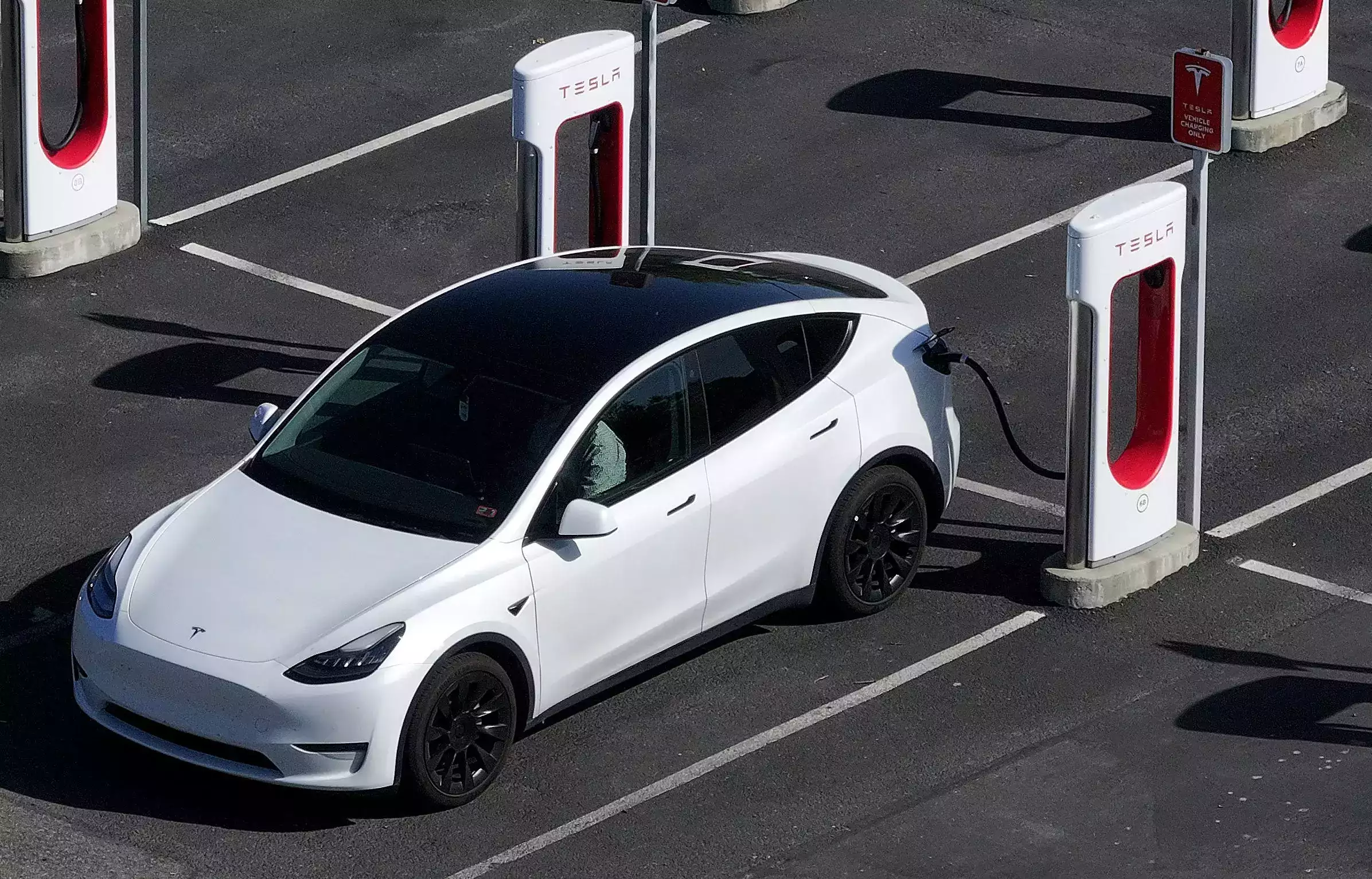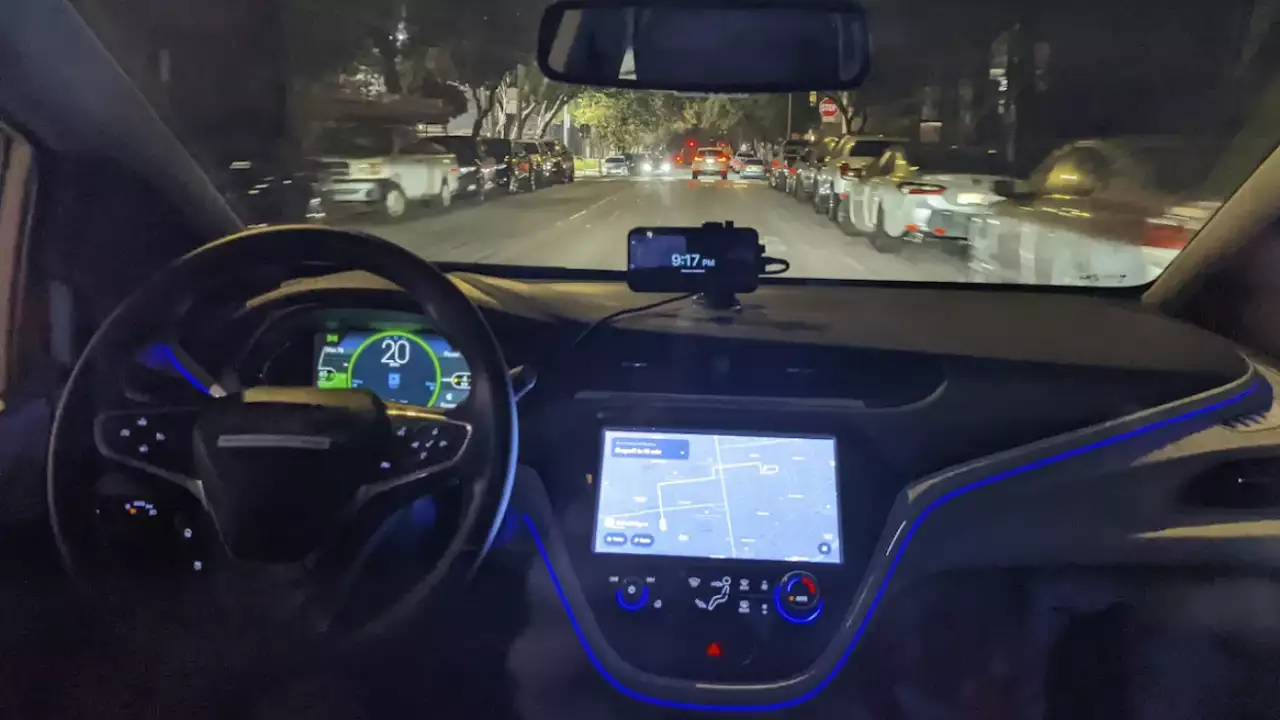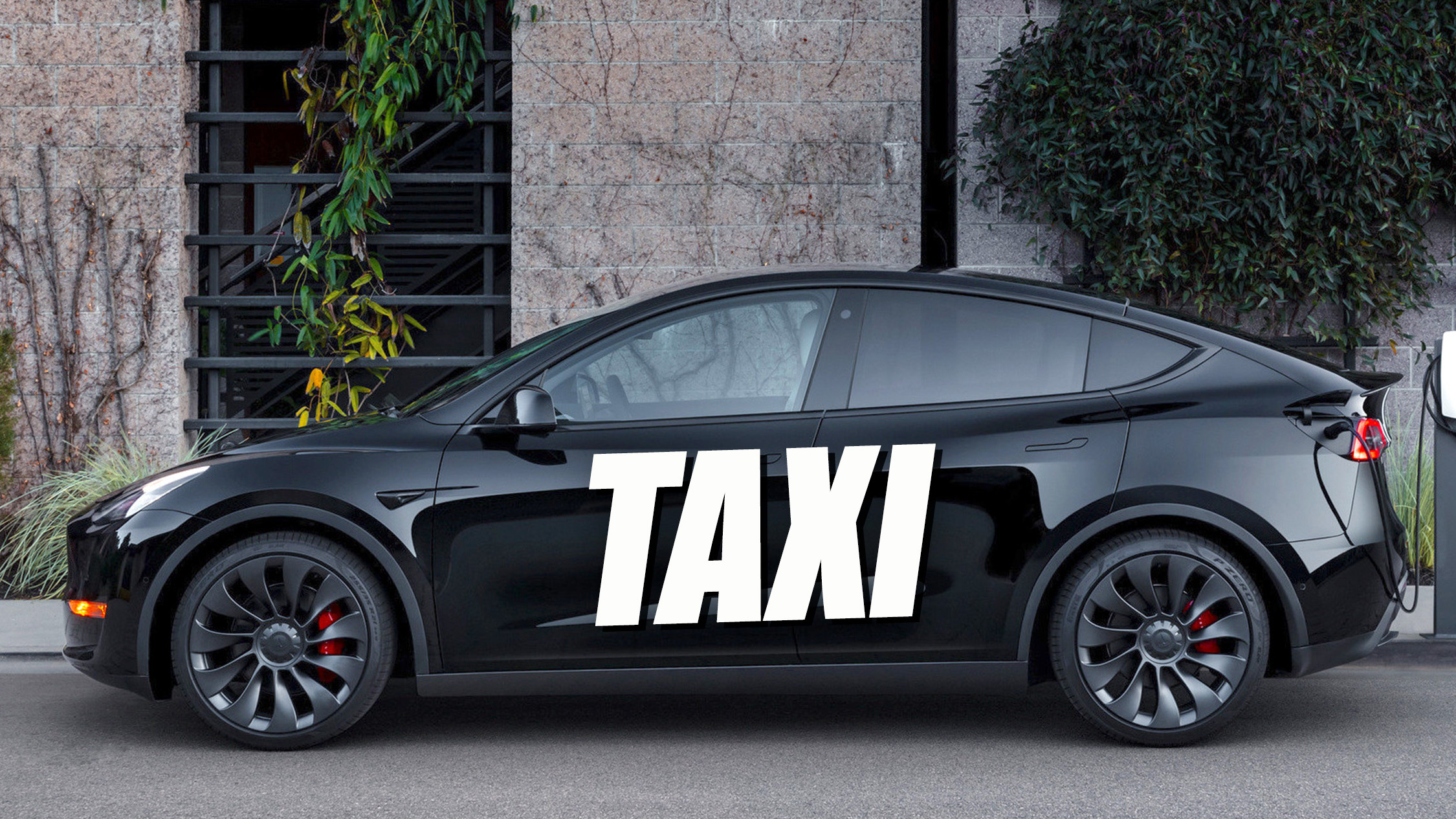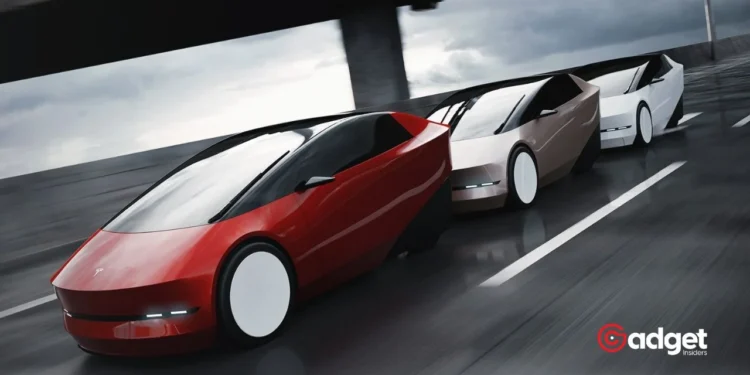In a significant development that could reshape the transportation landscape, Tesla is gearing up to launch its highly anticipated robotaxis in China, marking a pivotal step in its global expansion strategy. This move comes on the heels of Tesla CEO Elon Musk’s recent trip to China, where he secured crucial governmental support to introduce Full Self-Driving (FSD) technology into the Chinese taxi market.

Strategic Moves in the Chinese Market
During a surprise visit to China last month, Elon Musk met with Premier Li Qiang, the country’s second-highest-ranking official. This meeting proved fruitful, as Chinese authorities granted Tesla in-principle approval to deploy its FSD technology, according to Bloomberg. This endorsement is a significant boost for Tesla, which has faced sluggish sales recently.

The discussions in China went beyond regulatory approvals. The government also showed partial support for Musk’s proposal to integrate Tesla’s advanced FSD technology into the nation’s taxi services, a move that could revolutionize how public transport operates in one of the world’s most populous countries.
"China, in my opinion, is the heart and lungs of the Tesla growth story," says @DivesTech after Chinese state media reported that Tesla plans to test its robotaxis in China. "@elonmusk continues to play well in that sandbox in Beijing. $TSLA pic.twitter.com/OraDhM7drF
— Last Call (@LastCallCNBC) May 8, 2024
Tesla’s Strategic Pivot: From Automotive to AI and Robotics
Elon Musk has been repositioning company not just as an automotive manufacturer but as a leader in AI and robotics. “We should be thought of as an AI or robotics company,” Musk stated during an earnings call on April 23. This strategic pivot is part of Musk’s broader vision to redefine Tesla’s industry classification and potential market value.
Adding to the strategic shifts, Musk announced on X (formerly Twitter) that company would unveil its robotaxi on August 8—a date symbolically chosen for its auspicious connotations in Chinese culture. This announcement is not just a nod to company’s technological advancements but also a strategic embrace of cultural nuances that could enhance the brand’s reception in the Chinese market.

Infrastructure Adjustments and Future Prospects
Amid these advancements, Tesla is also adjusting its infrastructure strategy. Last week, Musk revealed plans to dissolve the team behind company’s Supercharger network, as reported by The Information. However, the expansion of the charging network will continue, albeit at a reduced pace, ensuring that the infrastructure will still support the burgeoning fleet of autonomous vehicles.
The rollout of company’s robotaxis in China represents a dual display of technological prowess and strategic international diplomacy. As company navigates the regulatory and cultural landscapes of China, its success could set a precedent for how autonomous vehicles are integrated into public transport systems globally.
Company’s forward-looking approach in embracing AI and robotics, coupled with strategic market expansions, underscores its commitment to leading the charge in the new era of autonomous transportation. This not only enhances Tesla’s positioning in the global market but also highlights the evolving narrative of mobility in the 21st century.










